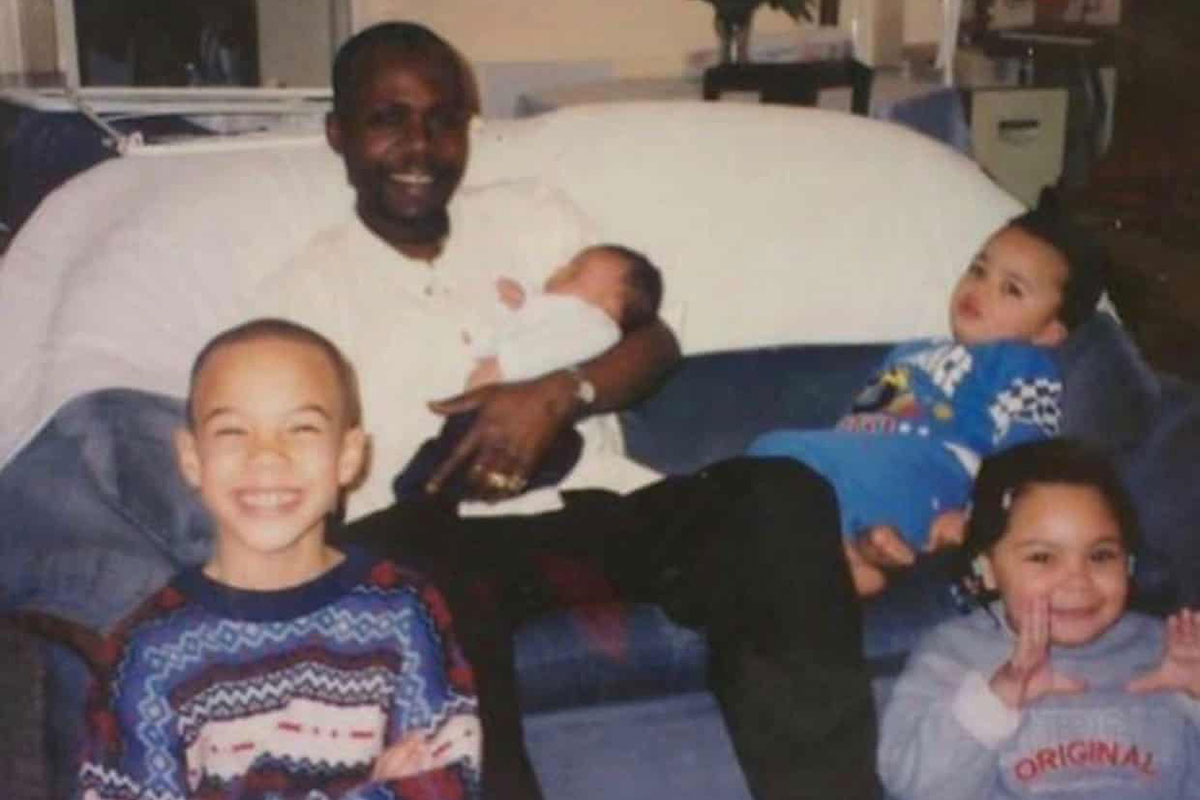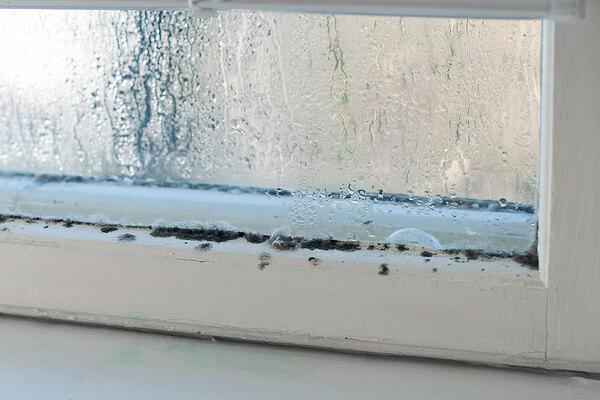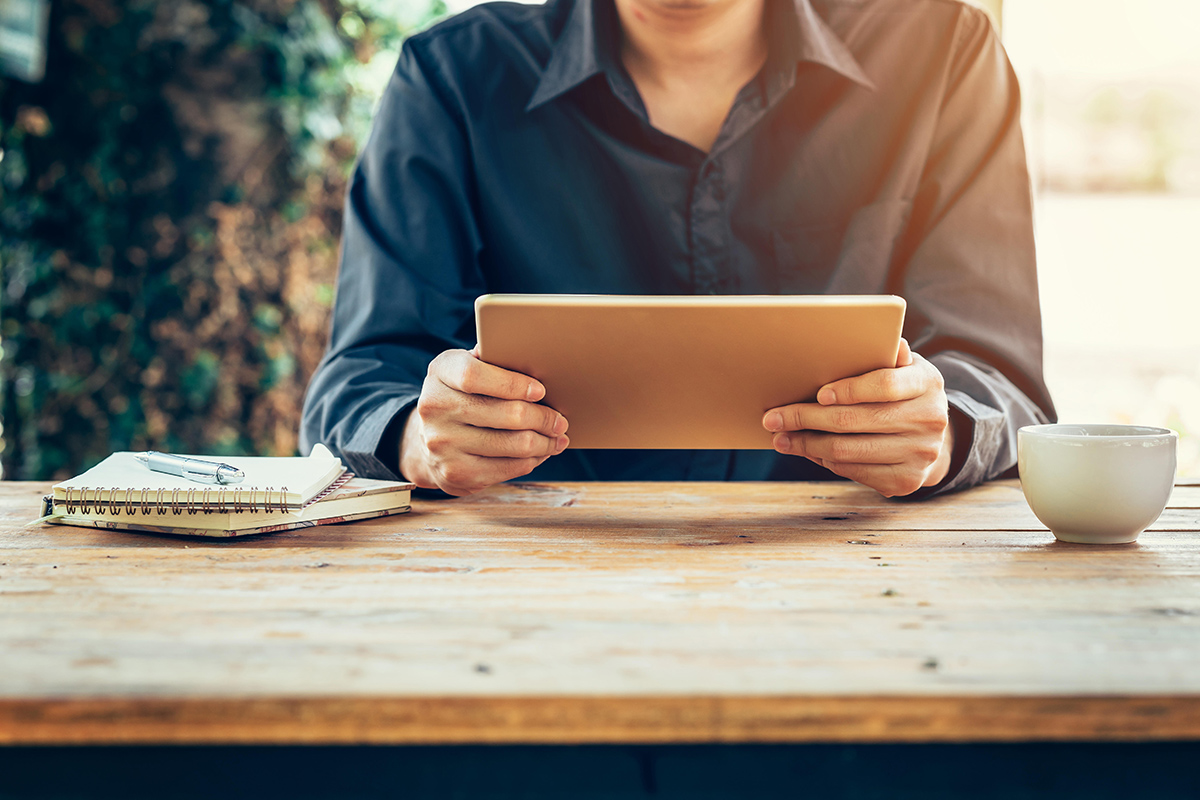Kwajo Tweneboa interview: ‘Poor conditions have been brushed under the carpet for so long’
Kwajo Tweneboa had to live in a home in terrible disrepair. He turned his awful experience into a powerful drive for change. Jess McCabe talks to the tenant shaking up the social housing sector about where his campaign is going next. Photography by Jon Enoch
You probably already know the name Kwajo Tweneboa. At only 23, he has been on the BBC, ITV News, profiled in The Guardian and featured in The Big Issue’s list of Top 100 Changemakers. You might follow him on Twitter, where as @KwajoHousing he has arguably done more than any other single person to put social landlords’ repairs failures under the glare of publicity.
Tenants send Mr Tweneboa photos and evidence of disrepair from across the UK. These are problems they have tried to get fixed by their landlords, but failed. When @KwajoHousing posts the pictures, the severity of the problem is broadcast to the world. But this is not armchair activism. He often visits the tenants to see the situation and then posts detailed video evidence.
Shortly after our interview, Mr Tweneboa posted a thread about a woman who was living in a cockroach-infested L&Q home with her children. It was viewed more than a million times in 24 hours. “I emailed the CEO stressing I wanted the family rehoused. It was confirmed an hour later by the CEO of L&Q the family will now be permanently rehoused,” he tweeted.
This led to an interview on LBC radio, and Dragons’ Den investor Steven Bartlett donated £10,000 to Mr Tweneboa and promised to give him camera equipment to carry on his work.
He says: “Some of the tenants I’ve met, they’ve been complaining longer than I’ve been alive. I’m 23.”
In a year that has seen a re-evaluation of social housing repairs, complaints and level of service to tenants, Mr Tweneboa has been a key reason why. Inside Housing spoke to him over Zoom from his now-repaired flat in south London about his journey to housing activist, what he thinks of the sector and what needs to change.
At the time of the Grenfell fire, Mr Tweneboa was just a teenager, living with his dad and sisters in a converted car garage – temporary accommodation they were placed in by Merton Council. “It literally still had the garage door on the front. And it was so badly converted. It was infested with ants, mould, damp.” At the time, Mr Tweneboa was doing his A-Levels, his younger sister was doing her GCSEs, and they had to share a bed.
Worsening conditions
The council wanted to send the family to Luton, despite both teenagers being in exam years. “Our school had to intervene to say, ‘They’re in the middle of their exams, you can’t just send them off,’” Mr Tweneboa recalls.
Then they were finally offered a flat on the Eastfields Estate, opposite the children’s school. It should have been a relief. But when they moved in, the state of the property was appalling. It smelled of damp. A nest of mice was in the kitchen, “so you can hear the mice going between the cupboards”. The kitchen itself was falling off the walls and had wood lice infesting it. The bathroom was full of mould and tiles were falling off the wall. When it rained, the light filled with water.
“I do believe deep down – and that’s why I continue to do what I’m doing – that it contributed to the speed at which his cancer progressed. Because no one should live in those conditions”
The garden fence was broken and the back door would not shut. “Someone did try actually to break in once… they used a crowbar on the front door. However, if they’d gone around to the back, they would have just walked through into the house,” Mr Tweneboa says.
At this point, his father, Kwaku Robert Tweneboa, fell ill with oesophageal cancer. Although the family was trying to report the home’s awful state, their priority shifted to treating the cancer. It progressed rapidly, and his father had a hospital bed in the midst of the disrepair. “He was being fed through his stomach because there was a tumour in his throat. He couldn’t even swallow his saliva. He was vomiting every 10 minutes. He had lost so much weight… he couldn’t even get out of the bed and walk,” Mr Tweneboa says.
While he was going through all this, “there were cockroaches, those mice running around the house. Completely unsanitary. And there was damp, there was mould. Then nurses struggled to even bathe him in the bath upstairs”.
“No one should have been receiving medical or hospital care in those conditions, and I do believe deep down – and that’s why I continue to do what I’m doing – that it contributed to the speed at which his cancer progressed. Because no one should live in those conditions and it cannot help at all – he was constantly in and out of hospitals with infections,” he states.
His father tragically passed away in February 2020. That same month, a leak caused damage to the flat’s ceiling. No one came to repair it until October. At this point, Clarion removed the ceiling. Mr Tweneboa thought it would be fixed the next week, but “the guy showed up with a bit of putty and [said] he thought he was coming to fill a small hole in the ceiling. He didn’t realise it was the whole ceiling that needed to be replaced”.
Later, the operative advised Mr Tweneboa that “you need to double-check that this ceiling wasn’t asbestos because the only reason they tend to remove ceilings, if it’s just a small issue they need to deal with, is because it’s asbestos”. No one mentioned this to the grieving family. Mr Tweneboa says he was initially told by Clarion it was not asbestos.

However, a few phone calls later, Clarion confirmed the deadly substance was present. “The ceiling didn’t go back up until January, February of the following year,” he says.
A Clarion spokesperson says: “In 2020, we undertook an asbestos survey in his home, as is standard practice following damage to a ceiling on this estate. It was fairly common to use a material called Artex to coat ceilings when Eastfields was refurbished. Artex is an asbestos-containing material, but it is low risk and does not need to be removed if intact. Following a leak in the property, the ceiling in one room of the property was repaired in full. Patch repairs are not recommended on this material.
“We also carried out an additional air test at the property. This test confirmed that there had been no release of asbestos and no traces of asbestos were present on surfaces or in the air within the property.
“Clarion has rigorous policies and procedures for checking homes for asbestos and doing so in a controlled and safe environment. These policies were followed in this case.”
“That was like the light-switch moment where I said, ‘I’ve had enough, literally there’s nothing more that I can do with these people’”
Meanwhile, the siblings were still trying to get the other disrepair issues fixed. Mr Tweneboa phoned about a bathroom repair and he says the person he spoke to was “really rude”. “They said they’re busy and they haven’t got anyone that can come out, and hung the phone up on me,” he recalls.
“That was like the light-switch moment where I said, ‘I’ve had enough, literally there’s nothing more that I can do with these people.’” All these experiences were taking a toll on him, too. “Bearing in mind, I was suffering with depression, extreme anxiety; I was on medication at that time, I was suicidal,” he says.
It was then he decided to post about his situation on social media. “It got shared thousands of times within the first day.” The story was picked up by a news agency.
Clarion’s response to press queries about this situation did not satisfy him. “It was very patronising. I said, at that point, I’m not done with them,” he recalls.
He printed out 500 letters to other residents on the estate, asking if they had similar problems, to send him photos as evidence. He walked out of his door and ran into two people from the estate’s residents’ association, and told them what he was doing. They offered to help. “We went around the whole estate, 450-something properties, and posted a letter through every single door. Within the first 20 minutes to half an hour, I was getting texts, [calls and emails]. It didn’t stop for months.”
Mr Tweneboa then posted a thread of this evidence on Twitter. This caught ITV’s attention. “ITV came down to film for two weeks. I was going around organising and running, finding the tenants for them to speak to and talking to them,” he recalls. Under pressure from ITV’s investigation into disrepair, Clarion apologised and carried out repairs on the Eastfields Estate.
Tables slightly turned
The awful situation was piling on top of Mr Tweneboa. He recalls: “I couldn’t be more depressed. I said, ‘I need to shake this housing association, right from top to bottom.’ They didn’t know who I was, then the ITV piece came out and everyone from the bottom right up until the CEO knew my name,” he recalls. “We were telling them what to do, instead of them telling us what they’re not going to do.”
Mr Tweneboa’s flat had now been properly repaired, but social tenants across the UK carried on getting in touch. “It showed me that there’s a lot more work I can do in terms of other social housing tenants,” he says.
Mr Tweneboa is studying business, entrepreneurship and innovation at the University of Leicester. The day before we speak, he spent six hours travelling to and from his classes. “I was there in lectures and seminars, sending emails to MPs, sending emails on behalf of tenants, making calls – I made a call for a resident whose heating has been off for three months,” he says.
“Cathy Come Home, that generation of young people who set up housing associations on the basis of what they saw – I think what he’s doing is exactly the same vibe”
While other students might be partying, Mr Tweneboa’s experiences drive him to do something different. He has seen the impact he can have, and he wants to do more. The results he is getting are undeniable. “I think [social landlords] understand that if I’m writing to them on behalf of the tenant, if they’re not going to do the work, then I will happily escalate.”
What would real change look like? Should landlords have tenants on boards? Mr Tweneboa practically jumps out of his seat. “Oh my gosh, yes, I’ve been screaming this,” he says. “These housing associations 1,000,000% need to have people that have experienced, or are in, social housing.” It is the only way they can get a “true and proper insight into what’s going on”, he states.
Alison Inman, former president of the Chartered Institute of Housing, points out that the conditions Mr Tweneboa has uncovered are essentially the same as the Rachman private landlords of the 20th century. “Cathy Come Home, that generation of young people who set up housing associations on the basis of what they saw – I think what he’s doing is exactly the same vibe,” Ms Inman says, adding: “More power to his elbow.” On board members, she says: “Every board member needs to be saying, ‘Take me to your worst properties. Who’s living in them and what are you going to do about it?’”
Mr Tweneboa is turning the spotlight on landlords. “It’s been brushed under the carpet for so long. And I said to myself, ‘I’m going to be the person that pulls that carpet from under the feet of these associations and councils,’” he says. “I remember a workman coming into the house… and saying, ‘not even animals should be living like this’. And in all the homes I’ve been into, I thought the exact same ever since. Even animals in this country are treated better than social housing tenants.”
“I’m willing to take on absolutely anyone because even [housing secretary] Michael Gove couldn’t sit in front of me and just justify the way people are living.”
Sign up to our Best of In-Depth newsletter
We have recently relaunched our weekly Long Read newsletter as Best of In-Depth. The idea is to bring you a shorter selection of the very best analysis and comment we are publishing each week.
Already have an account? Click here to manage your newsletters.














